What Is the Difference Between Purchase Order and Invoice?
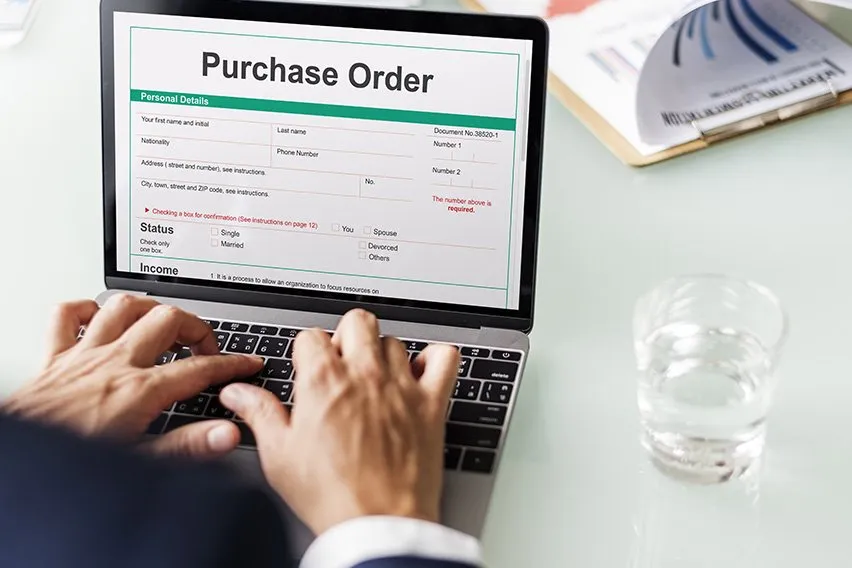
The creation of a purchase order is the first step in a business transaction, it is issued by the buyer and authorizes a seller to provide a product or service at a specified price. The invoice is a bill issued by the seller when that product has been delivered or the service has been completed.
Here’s What We’ll Cover:
What’s a Purchase Order Number?
What Information Should Be on a Purchase Order?
Why Is a Purchase Order Important?
Purchase Order vs Invoice
Although a lot of the information on a purchase order and an invoice are the same, these documents serve two very different functions.
A purchase order is issued by the buyer (or client) at the start of a business transaction. It documents the client’s expectations in regards to products or services required, quantities, and price. The client sends this purchase order to the seller for approval. Upon approval, the purchase order becomes a legally binding document.

An invoice is issued by the seller (or vendor) upon completion of the terms as outlined in the purchase order. An invoice includes the previously agreed upon price that the buyer should pay now that the order has been completed. It can also detail options of how the seller would like to be paid (check, electronic payments, or other).
An invoice should include the original purchase order number for reference. This will show the client’s accounting department that this transaction was already budgeted for and approved previously. This could speed up payment for the seller.
What’s a Purchase Order Number?
A purchase order number is a unique number found on the purchase order form. It is used only once, to distinguish a purchase order from all other orders. Most accounting software will automatically generate this number when a new invoice is being prepared. The number is referenced by both the client and seller throughout the buying transaction process, and is later used by the seller when it is time to send an invoice.
What Information Should Be on a Purchase Order?
The following information should be on a purchase order:
- Today’s Date
- Purchase Order Number
- Vendor Contact Information (including email address)
- Description of Goods or Services
- Quantity of Goods or Services
- Special Notes
- Prices
- Tax Information
Please consult “How Purchase Orders Work” for a complete breakdown of each of the above sections.
Why Is a Purchase Order Important?
A purchase order is important for a few reasons. A purchase order:
Is Legally Binding
It acts as an official agreement between buyer and seller, authorized by the management of both companies. A purchase order does not require a separate contract.
Makes Tracking of a Product or Service Easier
A purchase order is a tool that can be used throughout a transaction, by referencing the purchase order number.
Simplifies Invoicing for the Seller
The seller will reference the purchase order number on the invoice, to show the product or services provided was pre-approved.

How to Use a Purchase Order
The creation of and referencing of a purchase order can save a lot of time for both a buyer and seller. Let’s demonstrate with an example.
Dan’s Donuts is a donut chain with headquarters in Portland, Oregon. Dan has gone to the bank to finance a remodelling of his downtown flagship store, to give it a look reminiscent of the 1950s. If it works well and his customers like it, he will implement the design throughout his other eight stores. After getting credit from the bank, he starts looking for someone to supply or build the furniture he needs. After an exhaustive search online and countless telephone calls, he finds a supplier in London, England, who will customize the chairs, counters and wall decor to the exact specifications he wants. The supplier’s name is John. Dan and John have many conversations about Dan’s needs and the costs associated with them, and finally they agree upon pricing.
Shortly after their last conversation, Dan authorizes his accountant to create a new purchase order. The purchase order is an exact reflection of his discussion with John – the items needed, the prices, and any special notes (such as the chairs needing to have orange covers, instead of red).
Dan also specified in his talks with John that he needs delivery of the finished product in four months, so he includes that detail in the purchase order too. In short, he has provided as much information as possible, so that weeks or months from now if there’s any question from either Dan or John, or any of their employees, they can just consult the purchase order.
The software system Dan’s accountant uses to create the purchase order also generates a unique number for it (called the “purchase order number”).
Next, Dan sends the purchase order to John for his signature. Before he signs off, John makes a request that payment to his company be made within 30 days of delivery and that this information be included in the purchase order too. Dan’s usual payment terms are 60 days. However, he agrees to the request, and John signs it. The deal is set.
During the four months, Dan calls John’s office regularly to check on how the order is coming along. John has a lot of customers and is often out and unavailable. Typically, his mobile phone goes directly to voicemail. Because of this, Dan is required to talk to other people at John’s office about his order. John’s operation is big, and Dan usually finds himself talking to a different staffer every time he calls. So, at the beginning of each conversation, Dan references the purchase order number. This means John’s people can immediately call up the order, and gives Dan a status update.
When it’s time to ship the items overseas, John includes the purchase order number on the shipping forms. Two weeks later, when Dan is on vacation, the order arrives. Customs calls Dan’s office and talks to one of his assistants. The assistant doesn’t immediately know what the order is about, or which store the furniture is for, so he asks for the purchase order number. Now that he’s in the loop, he authorizes the payment of the duty fees so that the furniture will be released and delivery will be completed.
The shipment arrives at head office. The receiver also references the purchase order number off the shipping forms and punches the delivery date into the company’s computer system. Now accounting and inventory files have been updated.
A week later John’s accounting team does up an invoice. They are sure to include the purchase order number. When Dan’s accountant receives it, he references that number and can see in the system that delivery was made. He authorizes the system to pay John on the next check run in 60 days but then realizes that there’s a special note on the purchase order that Dan has to be paid in 30 days. So, he adjusts the payment date. Dan gets paid on time.
You can see that the purchase order and the purchase order number are important tools for both buyers and sellers alike.
RELATED ARTICLES


 8 Ways to Get Money to Start a Small Business
8 Ways to Get Money to Start a Small Business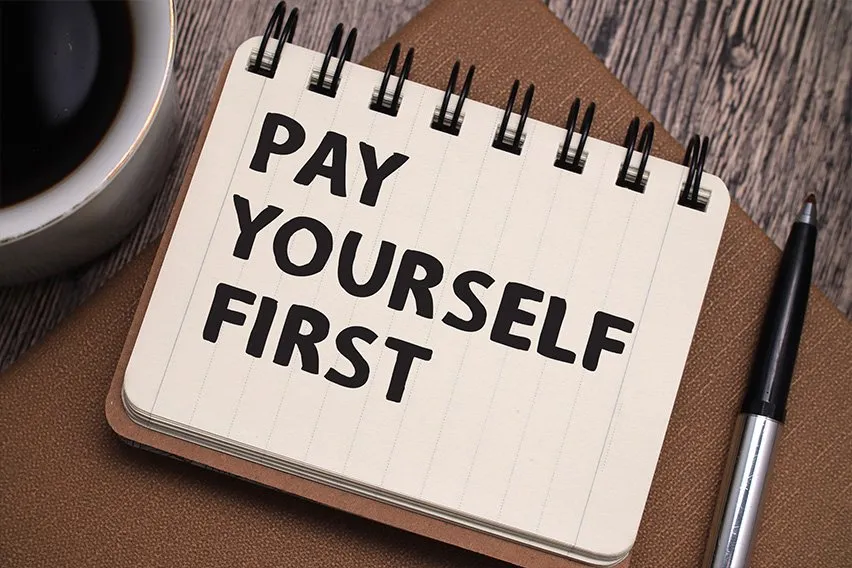 A How-To Guide to Paying Yourself as a Small Business Owner
A How-To Guide to Paying Yourself as a Small Business Owner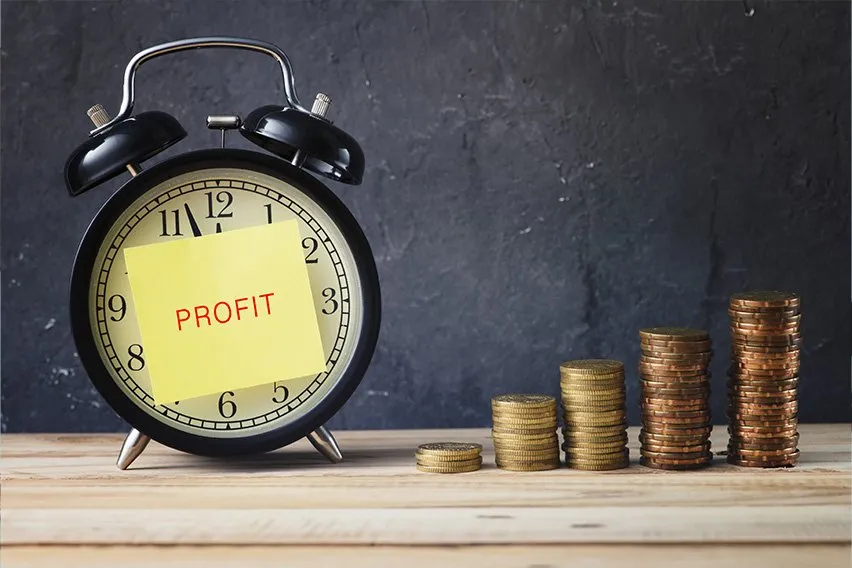 How Long Does It Take a Business to be Profitable? A Guide
How Long Does It Take a Business to be Profitable? A Guide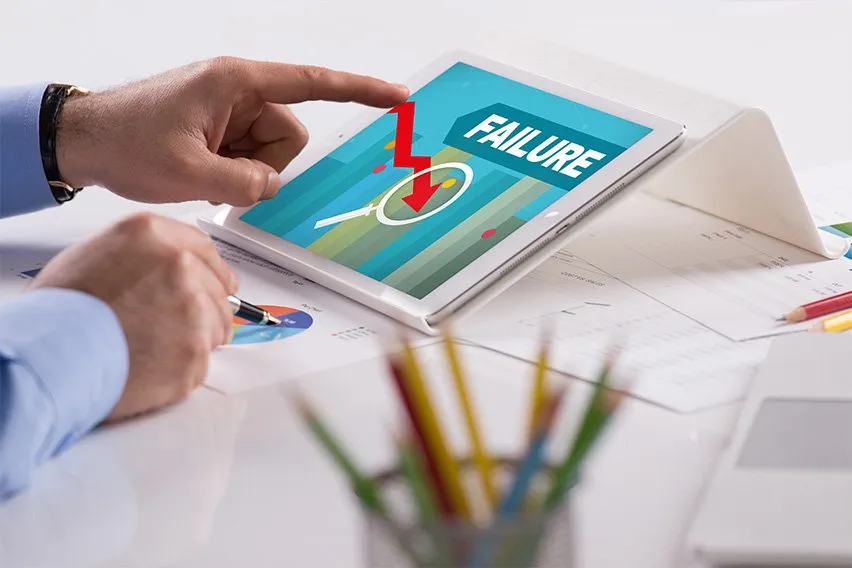 What Percentage of Businesses Fail in the First Year? (Plus Top Causes of Business Failure)
What Percentage of Businesses Fail in the First Year? (Plus Top Causes of Business Failure)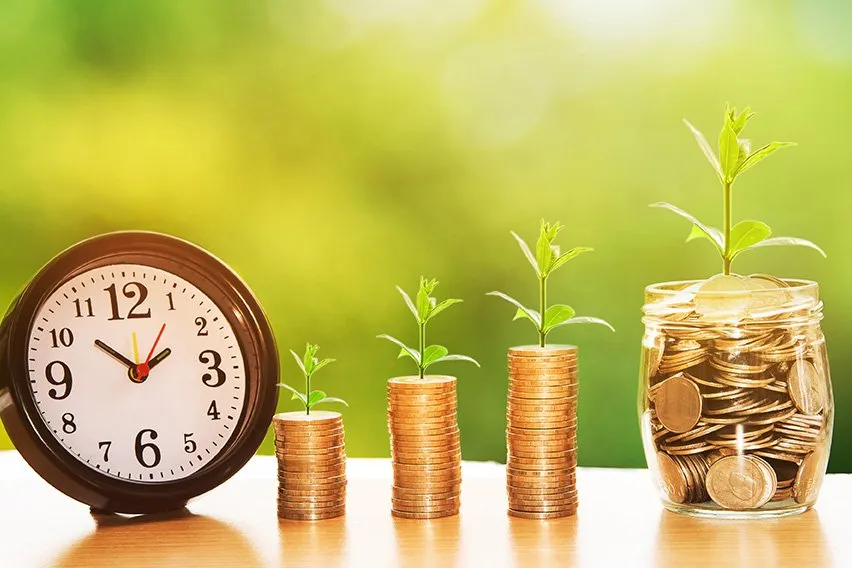 How Long It Takes for a Small Business to Be Successful: A Year-By-Year Breakdown
How Long It Takes for a Small Business to Be Successful: A Year-By-Year Breakdown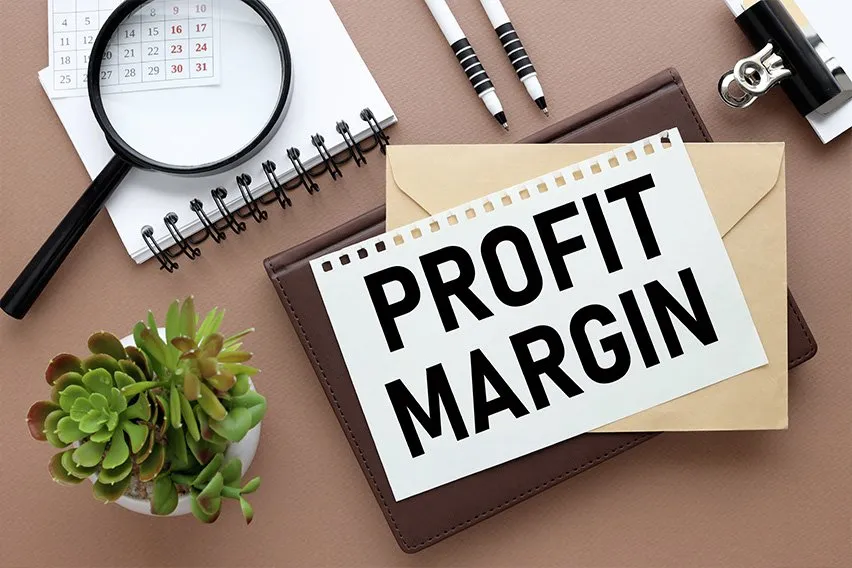 How To Calculate Profit Margin: Definition and Example
How To Calculate Profit Margin: Definition and Example